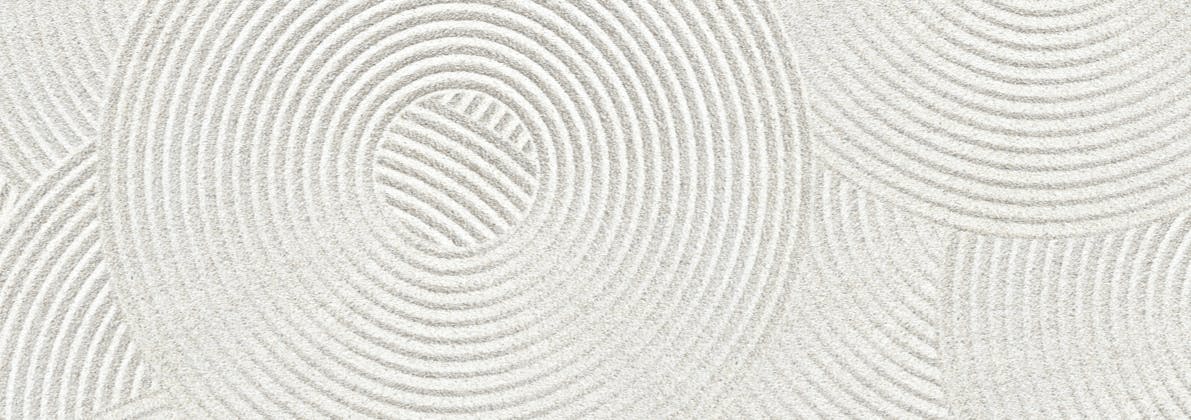Rhinoplasty, commonly referred to as a "nose job," is one of the most sought-after cosmetic procedures worldwide. It's not only about enhancing aesthetic appeal; for many, it's a path to improved breathing and self-confidence. However, setting realistic expectations is crucial for patient satisfaction and overall success. This guide aims to provide comprehensive insights into what patients can realistically expect following a rhinoplasty procedure, from initial recovery to long-term results.
Understanding Rhinoplasty
Rhinoplasty is a surgical procedure that modifies the shape, size, or proportions of the nose. It can correct a range of concerns, including asymmetry, size discrepancies, structural defects, or aesthetic imperfections. Despite its popularity, rhinoplasty remains one of the most complex cosmetic surgeries due to the nose's central role in facial harmony and function.
Types of Rhinoplasty:
- Cosmetic Rhinoplasty: Focuses on changing the nose's appearance to enhance facial harmony.
- Functional Rhinoplasty: Aims to correct breathing issues related to structural abnormalities.
- Revision Rhinoplasty: Performed to correct or improve the results of a previous nose surgery.
Setting Realistic Post-Surgery Expectations
Immediate Aftermath and Recovery
Swelling and Bruising: Initial swelling and bruising are normal and can be significant, particularly around the eyes and cheeks. This usually subsides within the first two weeks, but residual swelling, especially on the nasal tip, can persist for months.
Pain and Discomfort: Post-operative pain is typically mild to moderate and can be managed with prescribed pain medication. Patients should expect some discomfort, particularly in the first few days following the procedure.
Breathing Difficulties: Temporary breathing difficulties are common due to swelling and nasal congestion. Normal breathing usually resumes as the swelling decreases.
The Healing Timeline
Short-term Recovery (First 2 Weeks): The first two weeks are crucial for recovery. Patients will likely wear a nasal splint and should avoid strenuous activities to minimize swelling and support proper healing.
Intermediate Recovery (2 Weeks to 3 Months): After the initial two weeks, major swelling and bruising should significantly reduce. Patients can usually return to normal activities, but residual swelling, particularly on the nasal tip, will gradually improve over time.
Long-term Healing (3 Months to 1 Year): Nasal contour will continue to refine and settle over the year. The final shape of the nose may not be fully apparent until all the swelling has subsided, which can take up to a year or longer, especially in revision cases or those involving thick skin.
Visualizing the End Result
Patience Is Key: Rhinoplasty results are not immediate. The final outcome is a gradual process, influenced by the extent of the surgery, individual healing rates, and skin thickness.
Post-Surgical Changes: The nose's appearance will change as swelling subsides and the tissues heal. It's essential to be patient and maintain open communication with your surgeon during this period.
Expect Variations: Every patient's healing process is unique. Factors like skin type, nasal structure, and individual healing capacity can affect the final outcome. Comparing your results to others’ can lead to unrealistic expectations.
Emotional and Psychological Adjustments
Initial Reaction: It's common to experience a range of emotions following rhinoplasty, from excitement to anxiety or even temporary regret as you adjust to changes in your appearance.
Adapting to Changes: As the nose heals and the final results gradually emerge, most patients grow more comfortable and satisfied with their new appearance.
Communication and Support: Discussing concerns and progress with your surgeon and leaning on the support of friends or family can be invaluable during the recovery process.
Long-term Satisfaction and Maintenance
Maintaining Results:
While rhinoplasty results are generally long-lasting, maintaining a healthy lifestyle and protecting the nose from injury are essential to preserving the outcome.
Realistic Expectations:
It’s vital to understand that while rhinoplasty can significantly enhance facial harmony and self-confidence, it might not achieve perfection. Embracing your new look while acknowledging the natural limitations of surgery is key to long-term satisfaction.
Revision Surgery:
In some cases, minor adjustments or revisions may be necessary to achieve the desired outcome. This is more common than many realize and can be due to a variety of factors, including healing variations and initial expectations.
Conclusion: A Journey to Self-Discovery
Rhinoplasty is more than just a physical transformation; it's a journey that encompasses emotional, psychological, and aesthetic changes. Setting realistic expectations is not about dampening hopes but about fostering a healthy, positive outlook on this transformative journey.
Remember, successful rhinoplasty is a partnership between you and your surgeon, based on trust, clear communication, and realistic goals. By understanding the process, recovery timeline, and maintaining realistic expectations, patients can navigate their rhinoplasty journey with confidence and achieve satisfactory results.
Final Thoughts on Patient Satisfaction
The ultimate goal of rhinoplasty should be improvement rather than perfection. Satisfaction comes from achieving a nose that complements and enhances your natural features while maintaining or improving nasal function. A successful rhinoplasty should bring balance to your facial features, boost your self-esteem, and, if applicable, improve breathing functionality.
It's important to choose a board-certified plastic surgeon with extensive experience in rhinoplasty. Before-and-after photos, patient testimonials, and direct communication during your consultation can provide insight into what can realistically be achieved with your specific facial structure.
Lifestyle Considerations Post-Rhinoplasty
Post-surgery, adhering to your surgeon's care instructions is crucial for optimal healing and outcomes. Activities that could impact the nose should be avoided during the recovery period. Moreover, long-term protection of the nose from sun exposure and injury is essential.
Understanding that the nose may continue to subtly change over time due to aging is also important. These changes are natural and generally slow but can be influenced by lifestyle factors, genetics, and overall health.
Emotional Adjustment and Support
The emotional journey following rhinoplasty can be complex. Support from friends, family, and your surgical team is invaluable. If you find yourself struggling with the adjustment, consider speaking with a counselor or a support group for individuals who have undergone cosmetic surgery.
Managing Expectations: The Key to Contentment
In conclusion, managing expectations is the key to satisfaction with rhinoplasty results. Knowing what to expect, understanding the healing process, and having realistic goals will help you navigate the post-operative period with greater ease and satisfaction. Rhinoplasty can significantly enhance your appearance and self-confidence; however, patience and a positive outlook during the recovery process are essential.
Your new nose is a part of you; embracing it while acknowledging the journey you've undertaken is crucial. Remember, the true measure of success in rhinoplasty is not just in the visible changes but in how it makes you feel about yourself. With realistic expectations, a supportive surgeon, and a positive mindset, your rhinoplasty can be a fulfilling and life-enhancing experience.


